

Are you suffering from Back Pain or slip disk or sciatica? Don’t worry, you are not alone. Back Pain is the most common cause for a work-related disability and one of the main reasons for people staying home from work. Lower Back holds most of our body weight when we stand or move and thus it is most susceptible to wear and tear and injury. Back Pain- whether acute or chronic always has a root cause. It is necessary to understand the pain generator in order to provide a focussed treatment and long lasting pain relief. The good news is that most of the cases of back pain are preventable and treatable with common non-surgical treatment modalities. We at SAAOL Ortho Care offer you guidance, support and a range of treatments for your pain originating from the back.
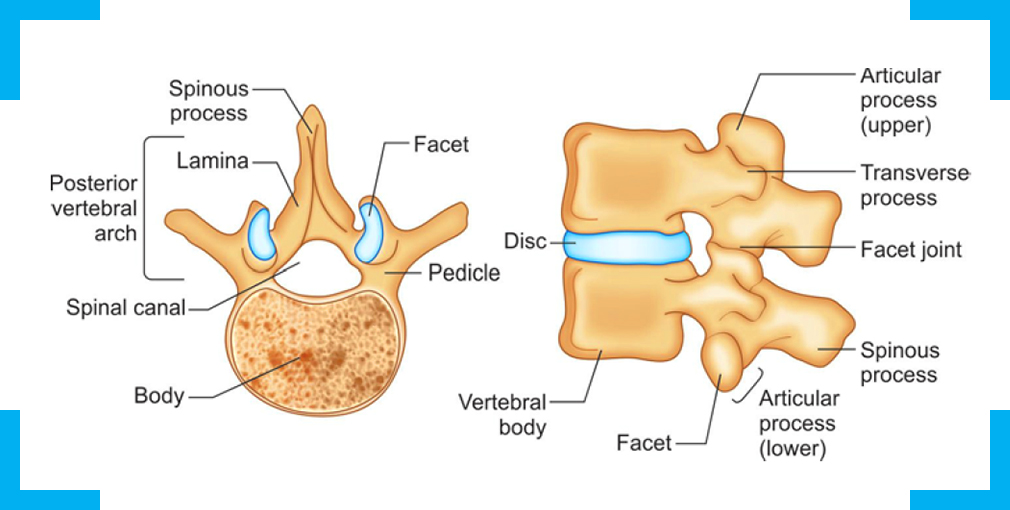
Whether you lift a heavy item or slipped a disc due to a fall, lower back injury can restrict you to your bed for a long time. But staying immobile has innumerable detrimental effects. SAAOL Ortho Care offers you wide variety of treatments for acute low back injury conditions like medications, physical therapy, electrotherapy, spine interventions, exercise programs, diet management, Myofascial release, Trigger point injections, Cellular Regeneration Therapy and Traction Therapy.
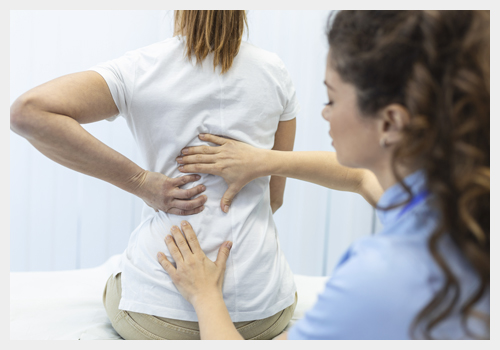
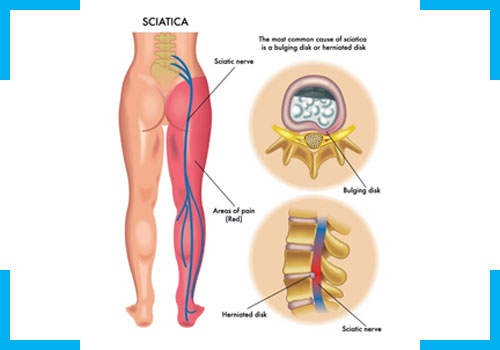
It refers to a low back pain that radiates along the sciatic nerve to one side of the body or lower limb. Symptoms depend upon the location and amount if nerve compression due to disc herniation. Common symptoms include low back pain with radiation to one side of the body in form of tingling, numbness, difficulty in movement, pins and needles sensation and difficulty in standing or walking. Treatment involves Medications, braces, diet therapy, physical therapy, traction, manual therapy, exercise therapy, spine interventions.
Got surgery for your slip disc and still having pain? Don’t lose hope if your pain didn’t after laminectomy. Typical causes of failed back surgery include improper diagnosis, multifactorial back pain, dural fibrosis, mechanical instability, displaced hardware. A spinal surgery can have a failure rate of about 40-50%. Treatment includes multimodal management like medications, manual therapy, electrotherapy, exercise therapy, diet and spinal interventions.
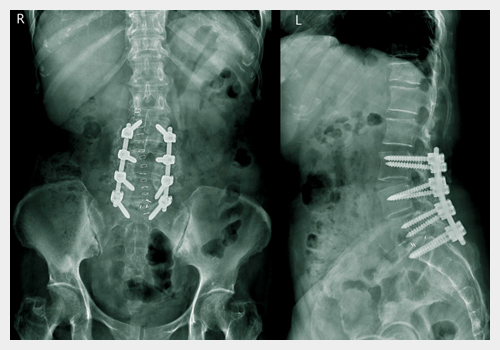
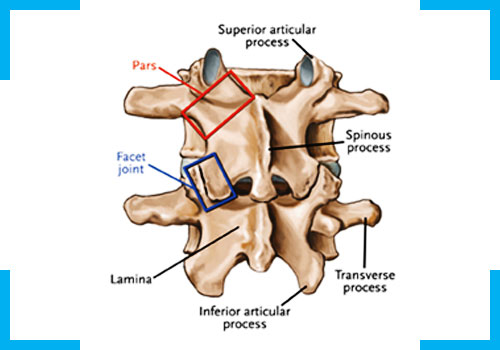
Facet joints are true synovium-lined joint, covered with hyaline cartilage, paired, postero-lateral to vertebral body. Situated between the superior and inferior articular process of adjacent vertebrae, these joints can have a wear and tear of cartilage leading to mechanical/degenerative pain which increases on twisting and bending. Treatment involves medications, physical therapy, lifestyle changes, diet, traction, intra-articular injections, medial branch block and regenerative medicine.
MFS is a chronic pain disorder due to certain trigger points or hypersensitive zones on muscles which can be referred to other regions as well. Treatment involves medications, myofascial release, PEMF therapy, electro therapy, cupping, needling and trigger point injections.
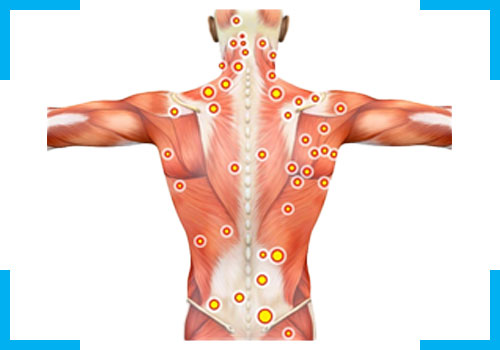
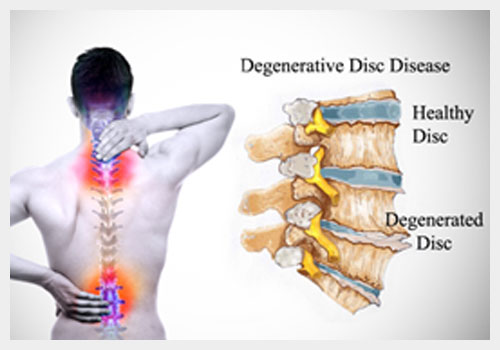
Discogenic pain, or pain generated from tears in the annulus fibrosus or Pain generated from damaged disc. A degenerated intervertebral disk can release nociceptive molecules and growth factors which result in nerve ingrowth into the disc. This can lead to back pain which may refer to lower limb and can lead to neurodeficit. Treatment is holistic that includes medications, manual therapy, exercises, traction, electro therapy, PEMF, epidural injections and intra discal ozone therapy.
Scoliosis is abnormal curvature of spine. It is often diagnosed in adolescents as sideways bending of the spine which may lead to back pain and other issues. It can be idiopathic, congenital or neuromuscular. Treatments involve physical therapy, traction, braces and lifestyle changes.

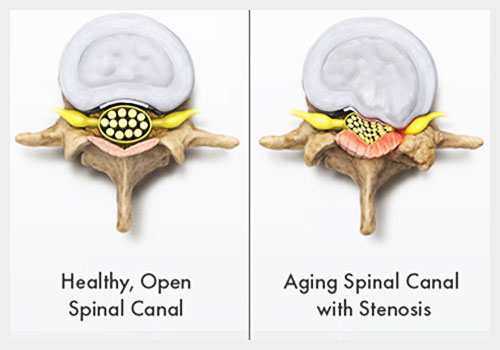
Spinal stenosis is a condition in which the spinal column narrows and starts compressing the spinal cord. This process is generally gradual. If the narrowing is minimal, no symptoms will occur. Too much narrowing can compress the nerves and cause problems like numbness, weakness, loss of bowel and bladder, gait abnormalities. Treatment includes medicines, physical therapy and epidural injections.
It is a condition which involves slippage of one vertebra over another which generally occurs due to fracture of pars interarticularis. Listhesis may lead to back pain with or without radiation. Treatment in 90% cases is non-surgical which includes medicines, physical therapy, braces and spinal interventions.

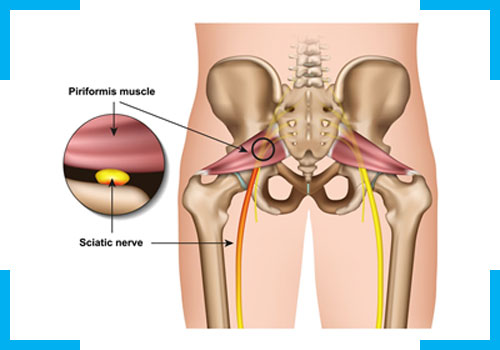
Uncommon neuromuscular disorder that is caused when the piriformis muscle compresses the sciatic nerve. It usually starts with pain, tingling, or numbness in the buttocks. Pain can be severe and extend down the length of the sciatic nerve. Treatment by medications, manual therapy, stretching, electro therapy, Interventional pain management.
SI joint is a diarthrodial joint which contains synovial fluid only in anterior part. Patients can experience back or buttock pain along with stiffness. It occurs in patients with spondyloarthropathy, trauma, limb length discrepancy, pregnancy and degeneration. Treatment involves medications, exercises, manual therapy, electrotherapy and spinal interventions.
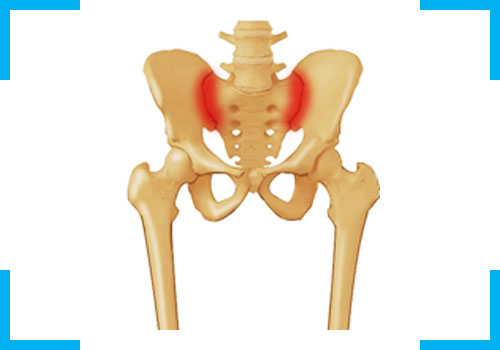
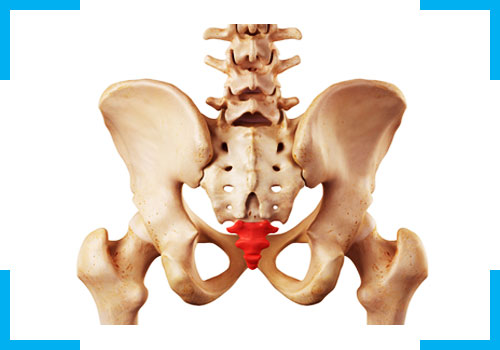
Coccyx or tailbone is triangular bony structure located at the bottom of the vertebral column. It can get painful due to trauma, child birth, prolonged sitting on hard surface, Obesity or referred pain. It can lead to pain at bottom of spine which aggravates on sitting or passing stools. Treatment involves lifestyle change, medications, sitz bath, doughnut pillow, physical therapy, local injection and ganglion impar block.
Ankylosing spondylitis is an autoimmune, inflammatory disease that, over time, can cause some of the bones in the spine (vertebrae) to fuse. This fusing makes the spine less flexible and can result in a hunched posture. If ribs are affected, it can be difficult to breathe deeply. Treatment includes oral and injectable medications, physical therapy, diet changes, spinal interventions, cupping and dry needling.
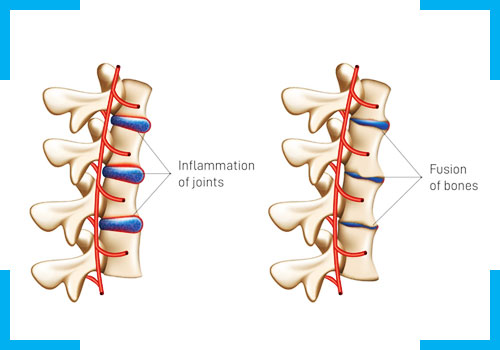

Osteoporosis is a bone sickness that happens when the body loses excess of bone, makes excessively minimal bone, or both. Thus, bones become weak and may break due to a fall or, in severe cases, from sneezing or minor knocks. Your bone makes and loses bone incessantly but after a certain age, bone mass is lost faster than it is created which leads to brittle bones. It is often diagnosed by DEXA Scan. Treatment involves oral and injectable medications, braces, exercises and lifestyle changes.